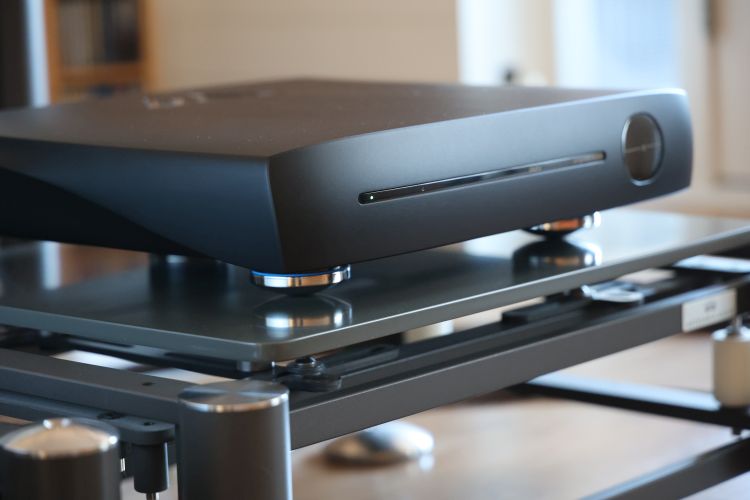
Review samples supplied by Antipodes Audio
Retail price in the Netherlands incl 21% VAT: €27.495 excluding storage
Storage can be included at purchase or later installed by the user
Available in Black or Silver
Oladra
Antipodes Music Servers have been part of my system for quite some time. It started with a very favorable review of the DX2 in 2017 which led to reviewing several other models. Since 2018, I used the CX and EX and since late 2022, I’ve been using the Antipodes K50, which was the former all-in-one top model. Now, with the Oladra, the company has introduced the very culmination of their research for Project Oladra with the beautifully sculpted Oladra Music Server, Player, and Reclocker.
From the moment I laid eyes on it, I was in love. Milled from a solid block of aluminum, with its sleek and simple, yet subtly curved lines and its smoothly organic yet excitingly warped sides, this has to be the most elegant music server in existence. But its beauty extends beyond its shapely enclosure.
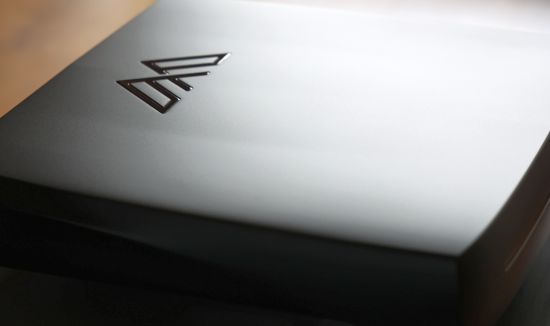
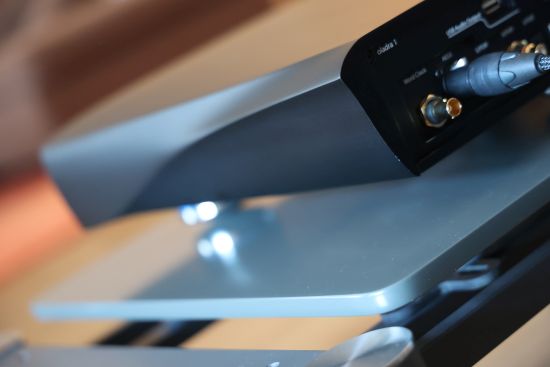
The Oladra employs an innovative new Server engine, plus enhanced Player and Reclocker engines. The motherboards feature new chipsets that in turn demanded new higher-speed power supplies be developed. As I assume is probably common knowledge, the fastest power supplies are indeed those of the SMPS kind (Switch Mode Power Supply), and indeed, the Oladra contains an SMPS. But before that rings a negative bell, let me add that switched supplies are not only inherently more efficient and provide more power from a smaller package, but they actually have the potential to be significantly better than their linear counterparts, provided that they are implemented correctly. And, of course, this has been a major point of attention.
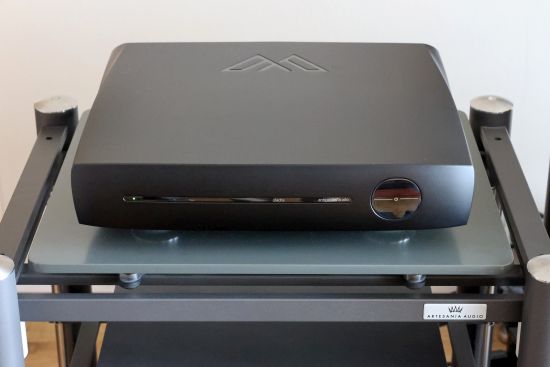
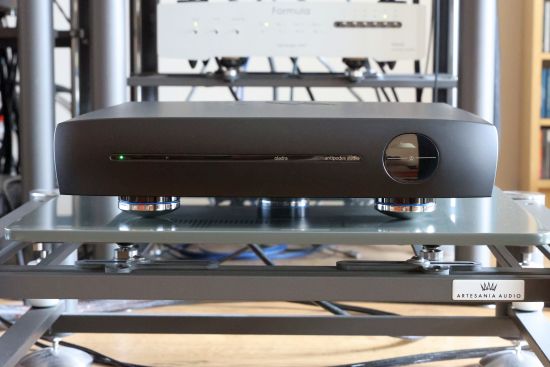
Antipodes has implemented what they call a triple cascade power supply macro-topology integrating four unique micro-topologies. Peeking inside, I can see that there are three independent regulation stages that follow the main power supply’s output rails, in turn feeding different sections within the server. And with today’s ever-smaller SMD components, I’m sure there are more techniques applied that I just cannot see.
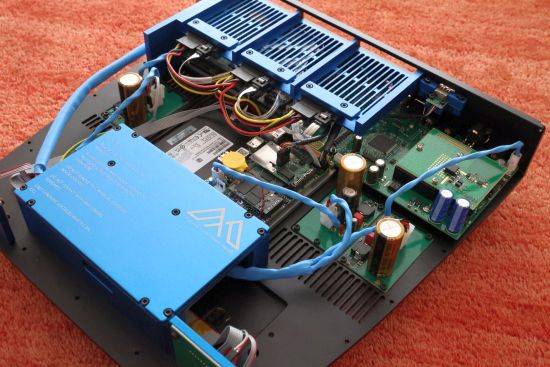
After reading this review, Mark Jenkins provided the following additional extensive information pertaining to the Cascade Power Supply;
“We use an off-the-shelf high-quality AC to DC module that meets all certification requirements in any country of the world. On the main boards, we use switch-mode topologies that work excellently, close to the active components they feed with power. Neither of these is terribly innovative – just well-chosen. The third layer is our proprietary switch mode design that sits between these two. So, by ‘cascade’, we mean that there are three layers of regulation in series – ie in a cascade arrangement. The magic and innovation is in the middle layer where the task is to co-exist with the two other layers and avoid or prevent any interference or intermodulation. Manipulation of this middle layer design has a profound impact on the overall sound of the Oladra, and what gives rise to the Oladra sounding balanced, with excellent clarity and naturalness. We are very much against creating fake clarity (the sonic equivalent of a special effects movie), and we aim to present detail in perfect proportion and with perfect timing, as far as we are able. We believe that doing that allows the music to engage listeners with the way it ebbs and flows to evoke and/or release emotion the way, the artist intended.”
A very nice side effect of the new compact power supply is that the server can maintain a super-sleek profile. The K50 was already built very well but when viewed side by side, the Oladra makes its predecessor look rudimentary and kind of bulky. By the way, the Oladra’s svelte appearance can be misleading as the server actually weighs 2kg more than the K50. Pick it up, and you can’t help being impressed with the sheer mass in such a relatively small package.
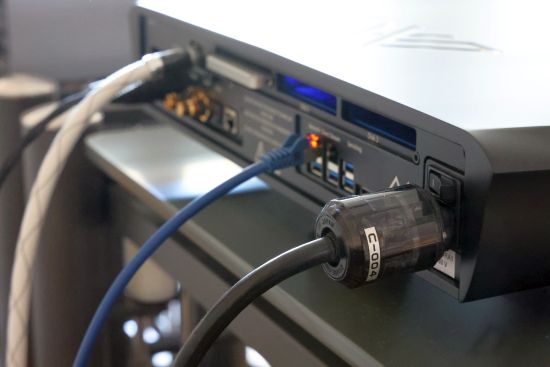
I tried various power cables but a standard Belden 19364 with Oyaide C-004 worked surprisingly well with the Oladra. It seems it does not need special power cables.
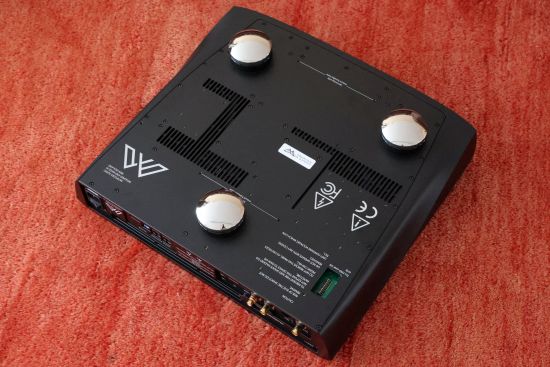
The Oladra’s three feet are something special. Comprised of different “slices” under pressure, they are of constrained layer type. As the manual does not contain any info about the feet, I asked Mark Cole if there is more they can share, to which designer and owner Mark Jenkins responded:
“The footers are a sandwich of two different metals with a thick polymer between them. The polymer is specifically designed for vibration control and the tension it is under is set to the correct level to give the optimum result. The mass and rigidity of the two metal pieces are also an important part of the design. With such an inert chassis (due to being a solid alloy and with no parallel surfaces), we wanted to ensure that the Oladra was also as isolated from the rack as possible without messing with timbres. We used some very highly regarded footers for comparison and the effect of our footers was to at least match them in terms of isolation (clarity) and to have an imperceptible impact on timbre (making them markedly superior to the alternatives we used for comparison).”
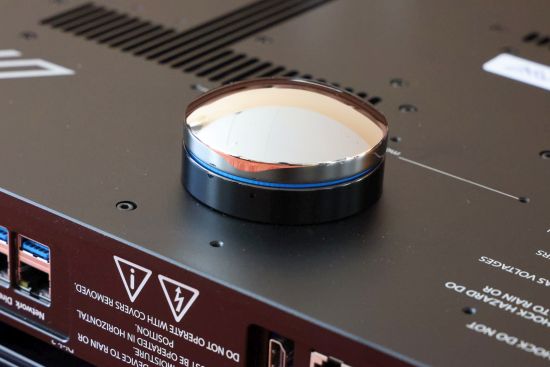
User-accessible bays on the back allow users to easily add up to 3 SSDs (up to 24TB) for music storage. The available digital outputs include Direct Stream Ethernet (RJ45), USB UAC-2 (A), S/PDIF (RCA & BNC), AES3 (3-Pin XLR), and I2S (HDMI & RJ45).
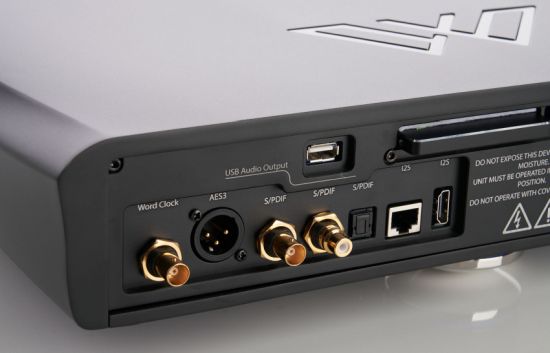
As with all Antipodes models, users can easily choose/switch between using Squeeze, Roon, MPD, HQPlayer, UPnP/DLNA, and other popular playback solutions, using their recently updated AMS version 4 web interface.
Next: AMS Web Interface




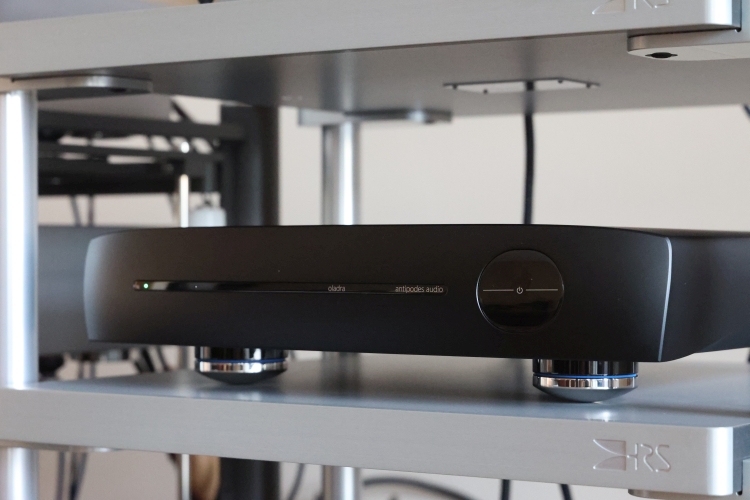
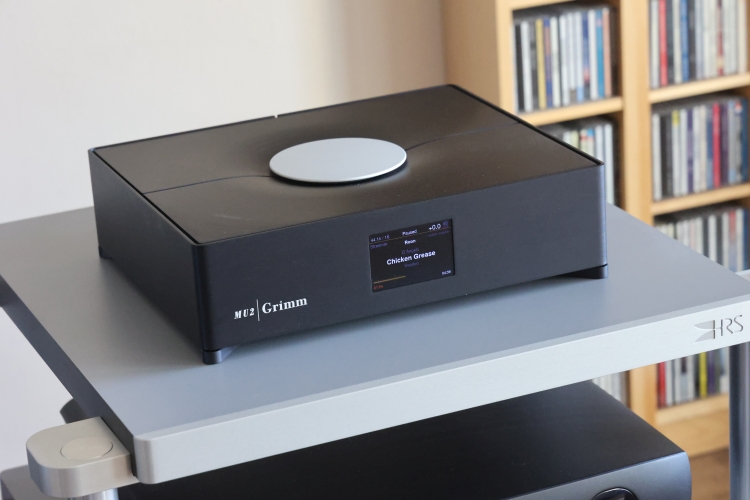
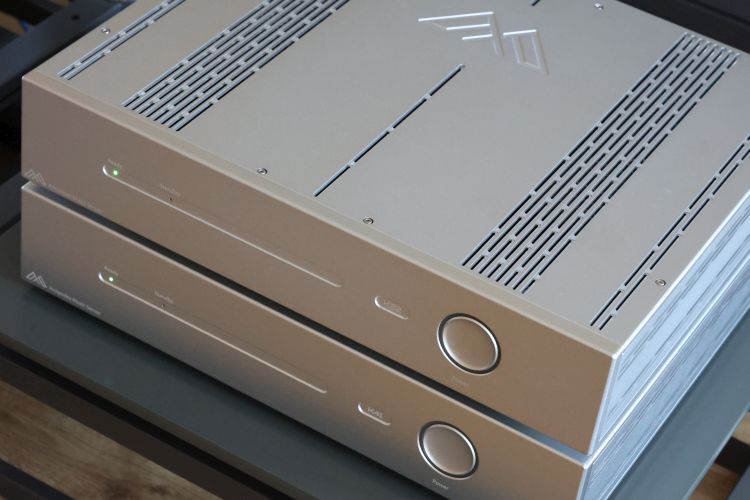
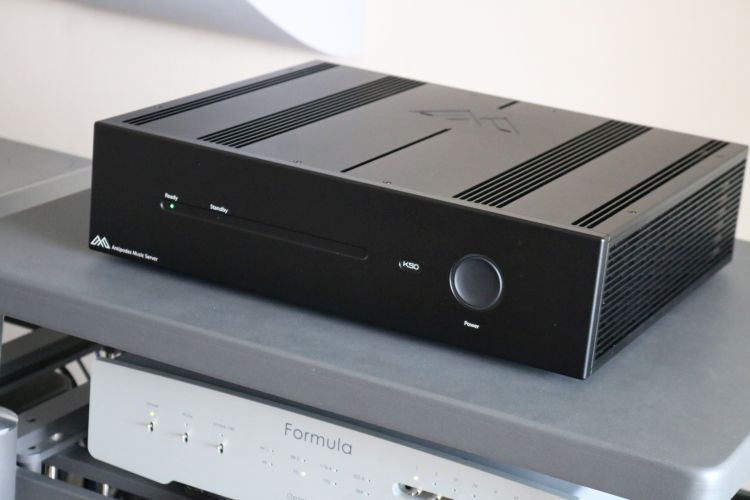
Hi Christian,
Could you share your opinion about Oladra and Pink Faun Ultra 2.16 ?
Is there one better that the other or is there a matter of taste ?
Kind Regards
It’s been a while since I heard a Pink Faun server in my onw system. That was the 2.16x that I reviewed here on HFA in 2019 and I’m told that it changed since I heard it back then. Now in its Ultra incarnation, strides may certainly have been made and it may indeed no longer be the same machine. Nevertheless, following on a 2021 comparison that I did as part of a show report at PUUR AVD between the 2.16 Ultra and the Antipodes K50, I still found the Pink Faun to deliver a recognizable performance and my feeling is that the brand, like Antipodes, stayed true to its roots. So, while I have not compared the Pink Faun Ultra to the Oladra directly, I think it is safe to say that the relative differences still exist (Pink Faun tighter, more precise and analytical; Antipodes more relaxed and organic) although the Oladra has now gotten closer to the Pink Faun in terms of precision and transparency. With that, I would say it is mostly a matter of taste. But this is only an educated guess. Without hearing them side by side, that’s really all I can say on the matter.
Hello Christiaan,
Very informative review, thank you.
How would you rate the Oladra vs the Taiko Extreme ??
Thanks and regards,
Disclaimer: HFA is not my main job. I actually work for Taiko which is why there is no review of the Extreme music server on this site. As such, to avoid a conflict of interest, I really should not say anything about this in the comments either. All I can say is they are both great and both belong to the very select group of the best there is.
I am the happy owner of a K50 (mark1) and following all positive reviews of the Oladra, decided to have a 1 on 1 comparison with the K50 at the importer, expecting to be sold at the spot. Or the leave the K50 for an upgrade. But that did not happen.
Yes, I heard more detail and more distinct detail due to the overall very quiet background of the Oladra. And its soundstage was broader than that of the K50. And on technically perfect recordings, like the bass intro of Nils Lofgren live, the bass sounded more like a real bass on the Oladra, more natural and it was easy to conclude that the Oladra was the technically far more superior streamer.
But than I started to listen to the music I normally listen to. In when poets dreamed of angels (David Sylvian) all elements of the recording were presented more individually and more distinct on the Oladra, but I lacked the coherence which turns it into music. The K50 on comparison brought a certain energy which pulled the various elements together, created a certain ambiance, and it was in the end perhaps less detailed, less relaxed, less broad in its projection, but far more emotionally engaging to my ears. The voice of David Sylvian had that dark timbre again which I always loved so much. The same happened when I listed to War Baby (Tom Robinson twee meter sessies): his voice sounded far more desperate on the K50 than on the Oladra, giving this song its uniqueness. Ella on Round Midnight had that velvety layer attached to her voice which I missed on the Oladra. Same with the bite of Billie Holiday’s voice. This may be artifacts or a result of the power supplies, but the K50 created a certain energy, an ambiance, which I felt lacking in the Oladra.
For me the most convincing thing was when I listed to Dark necessities (RHCP) and Smoke on the water live (Deep Purple). The Oladra presented these songs with detail, but it simply lacked energy. It lacked punch. It lacked ambiance. Yes, I could hear the voice of Ian Gillan better, but the music did not grab me at all. Switching back to the K50, the energy in the music was back again and I was again taken by the music.
It remain obviously personal references, but for me it was clear that a technically superior apparatus does not mean that the end result is more enjoyable music. Nice to hear how a song is being recorded in all its detail, but I prefer to hear how it was meant to sound as a song. I remember the same feeling when I compared Naim to Linn ages ago.
So I am glad that I gave the Oladra – thanks to my wonderful importer – an extensive listening session and I am also glad that I did this time not automatically jump on the “this must be better, I need one” bandwagon. Listen to the music you normally listen to and let your belly speak I would say.